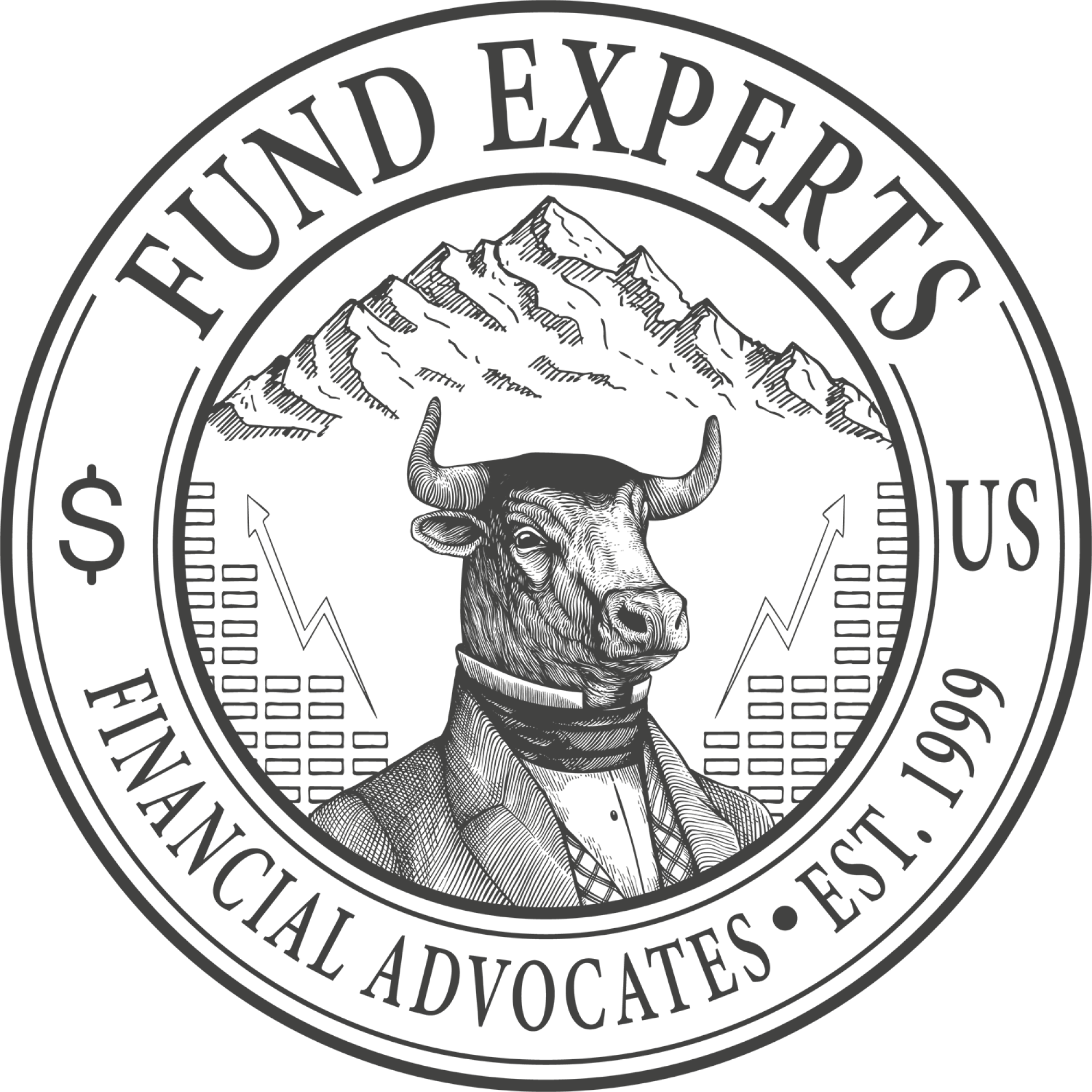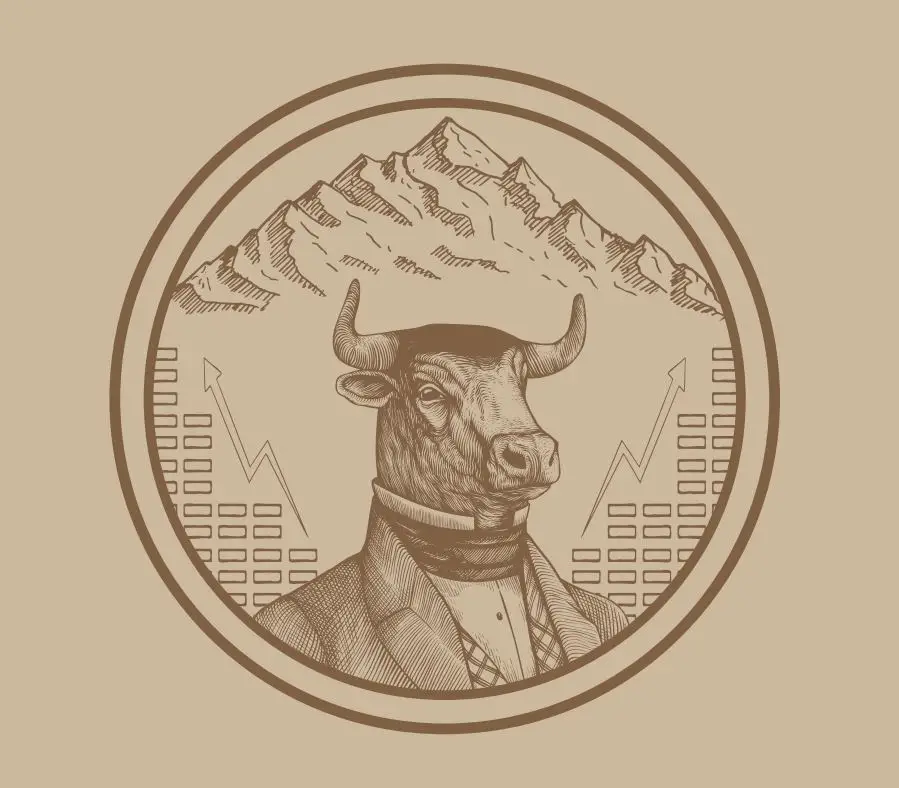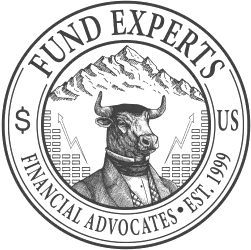The Federal Reserve, often referred to as the Fed, is the central banking system of the United States. It plays a critical role in the nation’s monetary policy, supervises and regulates banks, and maintains the stability and integrity of the financial system. Established in 1913 through the Federal Reserve Act, the Fed operates independently from the federal government to ensure its effectiveness and impartiality in decision-making.
The primary objectives of the Federal Reserve are to promote maximum employment, stable prices, and moderate long-term interest rates. It aims to achieve these goals through various tools and policies that influence the economy, such as open market operations, setting reserve requirements, and conducting monetary policy meetings.
One of the key functions of the Federal Reserve is to control the money supply in the economy. By adjusting interest rates, the Fed can influence borrowing costs and credit availability, thereby affecting consumer spending, business investment, and overall economic activity. Lower interest rates encourage borrowing and stimulate economic growth, while higher rates can help control inflationary pressures.
Open market operations are a primary tool used by the Federal Reserve to influence the money supply. Through the buying and selling of government securities, such as Treasury bonds and bills, the Fed can inject or withdraw money from the banking system. When the Fed buys these securities, it increases the reserves of banks, providing them with more funds to lend. Conversely, selling securities reduces bank reserves and decreases the money supply.
Another significant responsibility of the Federal Reserve is the supervision and regulation of banks and other financial institutions. It aims to ensure the safety and soundness of the banking system, protect consumers, and maintain financial stability. The Fed conducts regular examinations of banks, enforces compliance with banking laws and regulations, and provides guidance on risk management and best practices.
Furthermore, the Federal Reserve acts as a lender of last resort during times of financial stress. It provides short-term loans to banks and other financial institutions to prevent liquidity crises and maintain the stability of the banking system. This function became particularly crucial during the 2008 financial crisis when the Fed took extraordinary measures to stabilize markets and support troubled institutions.
The Federal Reserve consists of several key components. The Board of Governors, located in Washington, D.C., is the main policymaking body of the Fed. It comprises seven members appointed by the President and confirmed by the Senate, serving staggered 14-year terms. The Chair of the Board is appointed by the President and plays a vital role in setting monetary policy and representing the Fed to the public.
Additionally, there are twelve regional Federal Reserve Banks spread across the country. These banks serve as operating arms of the Federal Reserve, conducting various banking functions within their respective regions. They also contribute to the formulation of monetary policy through their participation in the Federal Open Market Committee (FOMC).
The FOMC is arguably the most influential decision-making body of the Federal Reserve. It consists of the seven members of the Board of Governors and five presidents of the regional Federal Reserve Banks. The FOMC meets regularly to assess economic conditions, review monetary policy options, and determine the appropriate stance of interest rates and other policy measures. Its decisions have a direct impact on financial markets and the overall economy.
Transparency and accountability are important principles guiding the Federal Reserve’s operations. While it is an independent entity, the Fed is accountable to the public and subject to oversight by the Congress. The Chair of the Federal Reserve testifies before Congress, and the Board of Governors provides regular reports on its activities and monetary policy decisions. This transparency helps promote public trust and confidence in the central bank.
In conclusion, the Federal Reserve is a vital institution in the United States, responsible for conducting monetary policy, regulating banks, and maintaining financial stability. Its actions have far-reaching effects on the economy, influencing interest rates, credit availability, and the overall business environment. Through its various tools and policies, the Fed strives to promote maximum employment, stable prices, and sustainable economic growth for the benefit of the nation.



